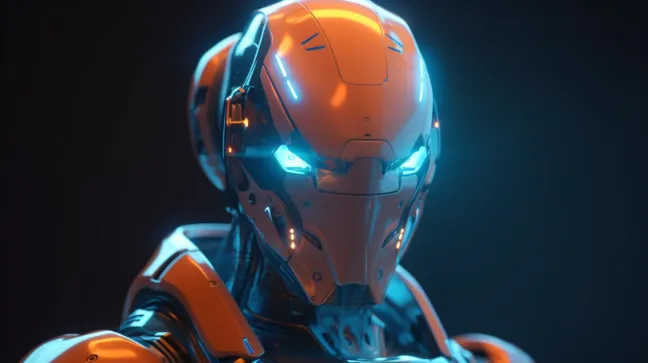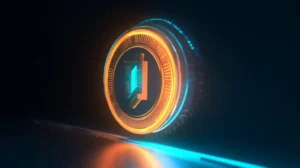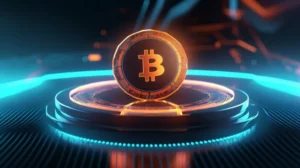How AI Art Affect Artists?
Who would’ve guessed Picasso’s “Guernica” would meet its match in a pixelated penguin? But hey, it’s 2023! This article dives into the wonderfully weird world of AI art and its impact on today’s artists. Spoiler alert: it’s both terrifying and tantalizing.
Are artists feeling like endangered species or are they embracing this digital renaissance? Wondering if your paintbrush is up for retirement? Hold on to your easels folks, as we unpack the kaleidoscope of possibilities, challenges and transformations that AI brings to the canvas. Buckle up for an artist’s journey of survival, adaptation, and innovation in the era of art-generating algorithms.
Benefits of AI art to artists
AI art offers several benefits to artists, including:
Time-saving
AI art tools and techniques can save artists a lot of time and effort. For example, AI-generated sketches and sketches can serve as a starting point for artists, saving them the time and effort it takes to create their own.
Access to new tools and techniques
AI art provides artists with access to new tools and techniques that they may not have considered before. For instance, some AI tools can help artists create 3D models and textures that they can use in their traditional art practices.
Inspiration and creativity boost
AI art can inspire artists to explore new creative avenues and push themselves beyond their comfort zones. AI-generated artworks can serve as a source of inspiration for artists, encouraging them to experiment with new techniques and styles.
Increased productivity
AI art tools and techniques can increase an artist’s productivity by streamlining their workflow. AI-generated sketches and models can help artists iterate more quickly, allowing them to create more work in less time.
Challenges of AI art to artists
AI art also presents several challenges to artists, including:
Fear of job loss
Some artists worry that AI art could replace human creativity entirely, leaving them without work. However, while AI art can create impressive pieces, it cannot replace the unique perspective and creativity that human artists bring to their work.
Difficulty in incorporating AI art into traditional art practices
Some artists may find it challenging to incorporate AI art into their traditional art practices. For instance, they may struggle to integrate AI-generated sketches and models into their painting or sculpture work.
Ethical concerns
Questions around the ownership and authorship of AI-generated artworks remain unresolved. For example, who owns the copyright to an AI-generated artwork, the artist or the software developer?
Examples of AI art and their impact on artists
Several groundbreaking AI art projects have emerged in recent years, including:
The Next Rembrandt
In 2016, a team of data scientists and engineers used AI to create a new Rembrandt painting. The project involved analyzing Rembrandt’s existing works and using machine learning algorithms to create a new artwork in his style.
AICAN
AICAN is an AI program developed by Rutgers University that can create original artworks. The program uses a deep learning algorithm to analyze existing artworks and generate new pieces based on that analysis.
Portrait of Edmond de Belamy
In 2018, a portrait created by an AI algorithm sold at Christie’s for over $400,000. The artwork, known as the “Portrait of Edmond de Belamy,” was created using a Generative Adversarial Network (GAN) and had never before been seen by human eyes.
Conclusion
AI art presents both benefits and challenges to artists. While some worry that AI could replace human creativity entirely, others see it as a valuable tool for enhancing creativity and productivity. As AI art continues to develop, it will be exciting to see how it interacts with traditional art practices and what new possibilities it opens up for artists.






